Cells in the immune system don't always fight; they often rest and wait for threats, like viruses or bacteria.
Gladstone InstitutesDec 11 2024 Cells in the immune system don't always fight; they often rest and wait for threats, like viruses or bacteria. When such threats emerge, the cells activate to defend the body. This delicate balance between rest and activation is crucial to our health-;immune cells must be poised for activation to protect against threats, but if they're overly active, autoimmune diseases can result.
The findings give scientists a better understanding of the basic biology of T cells and pave the way toward new therapies for the multitude of diseases in which T cell function is centrally involved. "Although these T cells have opposite roles in the immune system, they often rely on the same environmental signals to tell them when to become activated," says Maya Arce, a graduate student in Marson's lab and first author of the paper. "We wanted to understand the mechanisms that allow for different responses across cell types, despite their similarities."
Together, the scientists showed that MED12 binds to large groups of proteins known to control the structure of chromatin-;the packaged form of DNA inside cells. Next, the team discovered that MED12 and its associated proteins bind to different places in the genome in different T cell types and states.
"It was apparent that MED12 sits at the top of a hierarchy, like an orchestra conductor controlling what other genes and proteins can do," says Krogan, who is also the director of the Quantitative Biosciences Institute at UCSF. "Without MED12, the line between rest and activation became blurred; the resting cells look more activated, and the activated cells look more like resting cells.
Bacteria Cancer Cancer Immunotherapy Cell Chromatin CRISPR DNA Gene Genes Genome Genomic Immunology Immunotherapy Protein Research Technology
United Kingdom Latest News, United Kingdom Headlines
Similar News:You can also read news stories similar to this one that we have collected from other news sources.
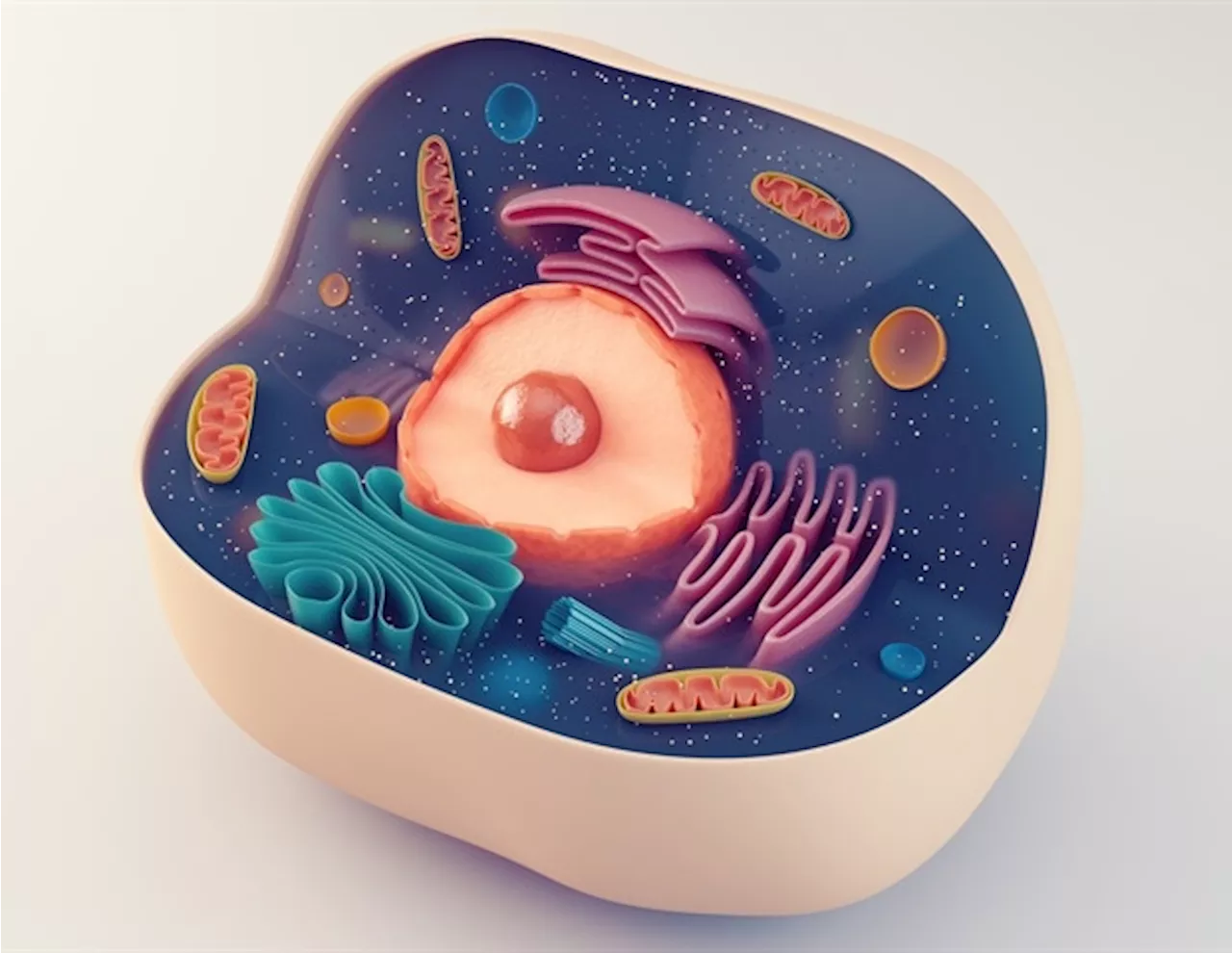 Neuropeptides influence T cell differentiation during viral infectionsT helper (TH) cells are essential immune cells that help other immune cells function effectively. When activated in response to environmental stimuli, these cells can differentiate into either TH1 cells, which fight against viruses and intracellular pathogens, or TH2 cells, which fight against extracellular pathogens like bacteria and parasites.
Neuropeptides influence T cell differentiation during viral infectionsT helper (TH) cells are essential immune cells that help other immune cells function effectively. When activated in response to environmental stimuli, these cells can differentiate into either TH1 cells, which fight against viruses and intracellular pathogens, or TH2 cells, which fight against extracellular pathogens like bacteria and parasites.
Read more »
 Study provides new insights into the central role of goblet cellsIn a recent study, researchers at the University of California, San Diego, have provided new insights into the central role of goblet cells-;specialized cells that line the gut-;in maintaining a healthy and balanced immune environment within the gastrointestinal (GI) tract.
Study provides new insights into the central role of goblet cellsIn a recent study, researchers at the University of California, San Diego, have provided new insights into the central role of goblet cells-;specialized cells that line the gut-;in maintaining a healthy and balanced immune environment within the gastrointestinal (GI) tract.
Read more »
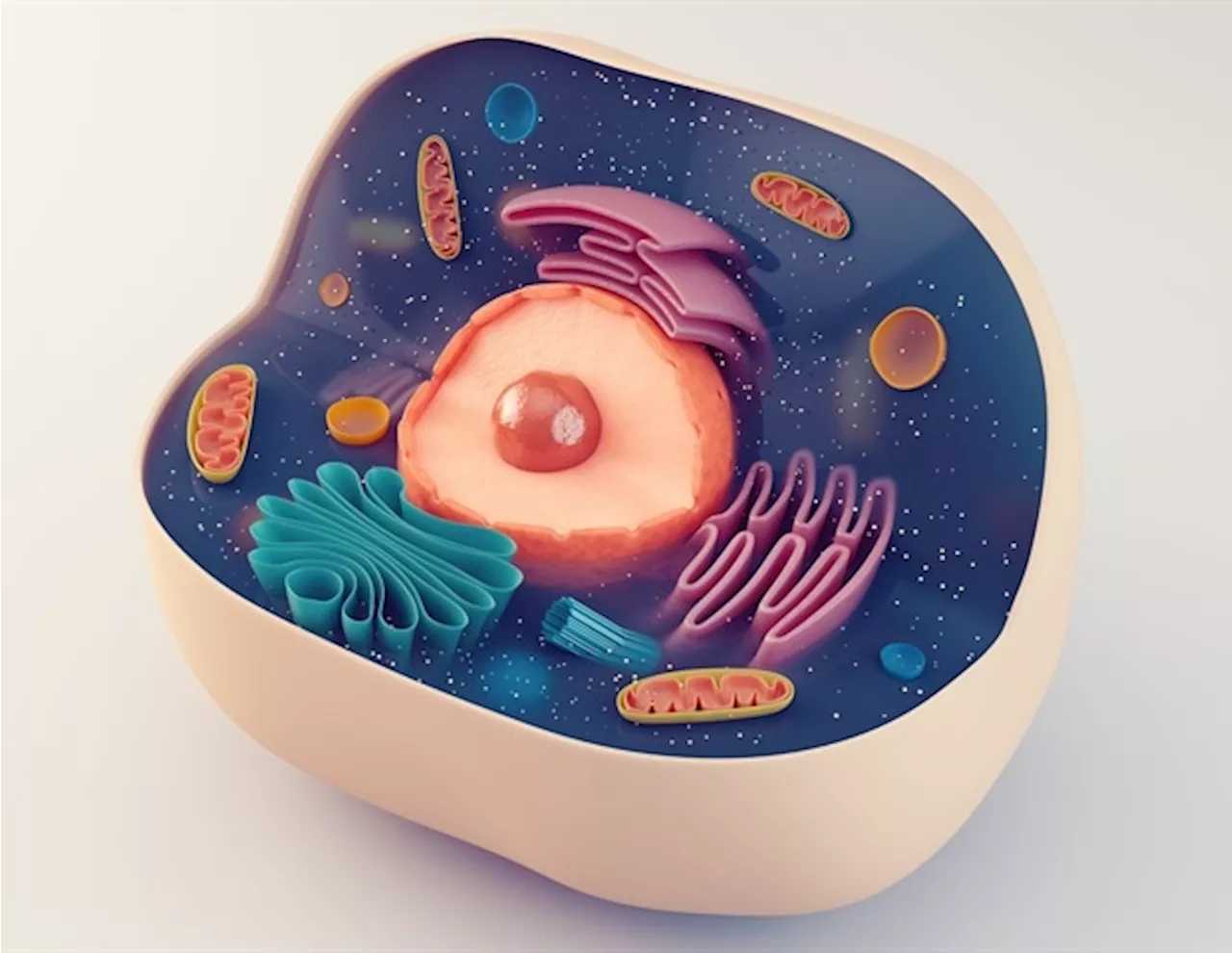 Study sheds light on how cells repair damaged DNANew research from the Kind Group at the Hubrecht Institute sheds light on how cells repair damaged DNA. For the first time, the team has mapped the activity of repair proteins in individual human cells.
Study sheds light on how cells repair damaged DNANew research from the Kind Group at the Hubrecht Institute sheds light on how cells repair damaged DNA. For the first time, the team has mapped the activity of repair proteins in individual human cells.
Read more »
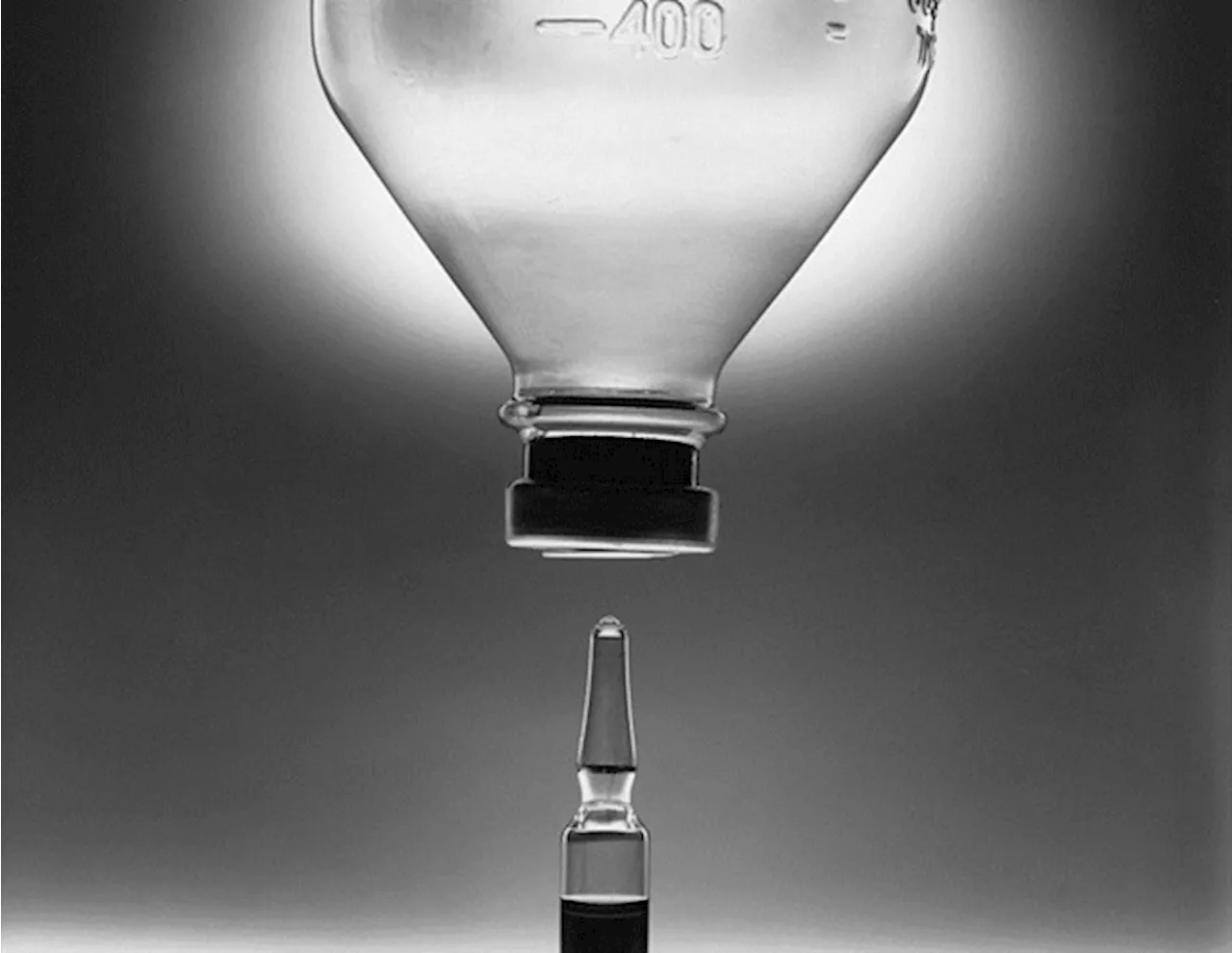 Study reveals how cancer cells evade chemotherapy in low-glucose environmentsLaboratory experiments with cancer cells reveal two ways in which tumors evade drugs designed to starve and kill them, a new study shows.
Study reveals how cancer cells evade chemotherapy in low-glucose environmentsLaboratory experiments with cancer cells reveal two ways in which tumors evade drugs designed to starve and kill them, a new study shows.
Read more »
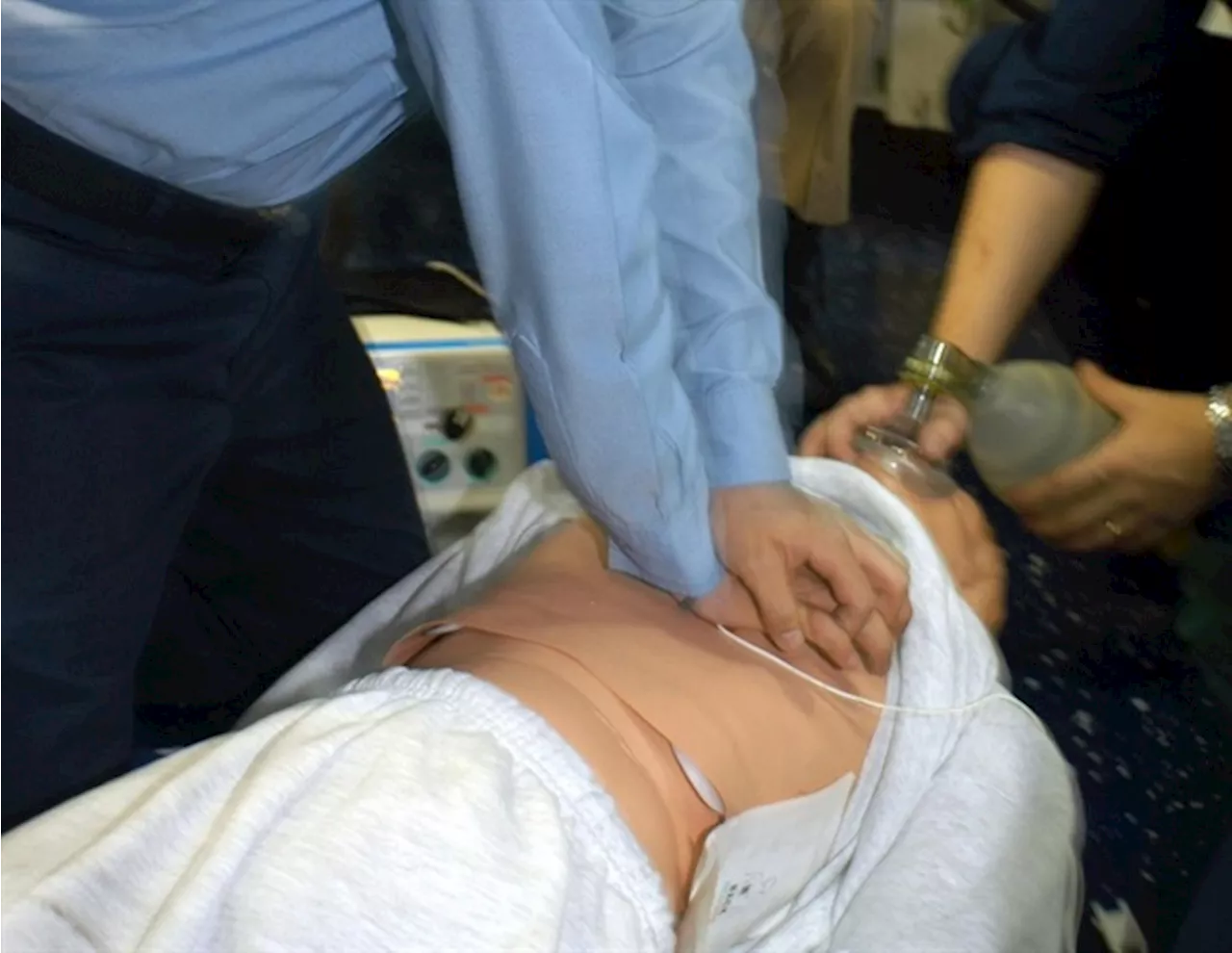 Study identifies key immune cells that could protect the brain after cardiac arrestDespite improvements in CPR and rates of getting patients to the hospital, only about 10 percent of people ultimately survive after out-of-hospital cardiac arrest (OHCA), translating to about 300,000 deaths per year in the United States.
Study identifies key immune cells that could protect the brain after cardiac arrestDespite improvements in CPR and rates of getting patients to the hospital, only about 10 percent of people ultimately survive after out-of-hospital cardiac arrest (OHCA), translating to about 300,000 deaths per year in the United States.
Read more »
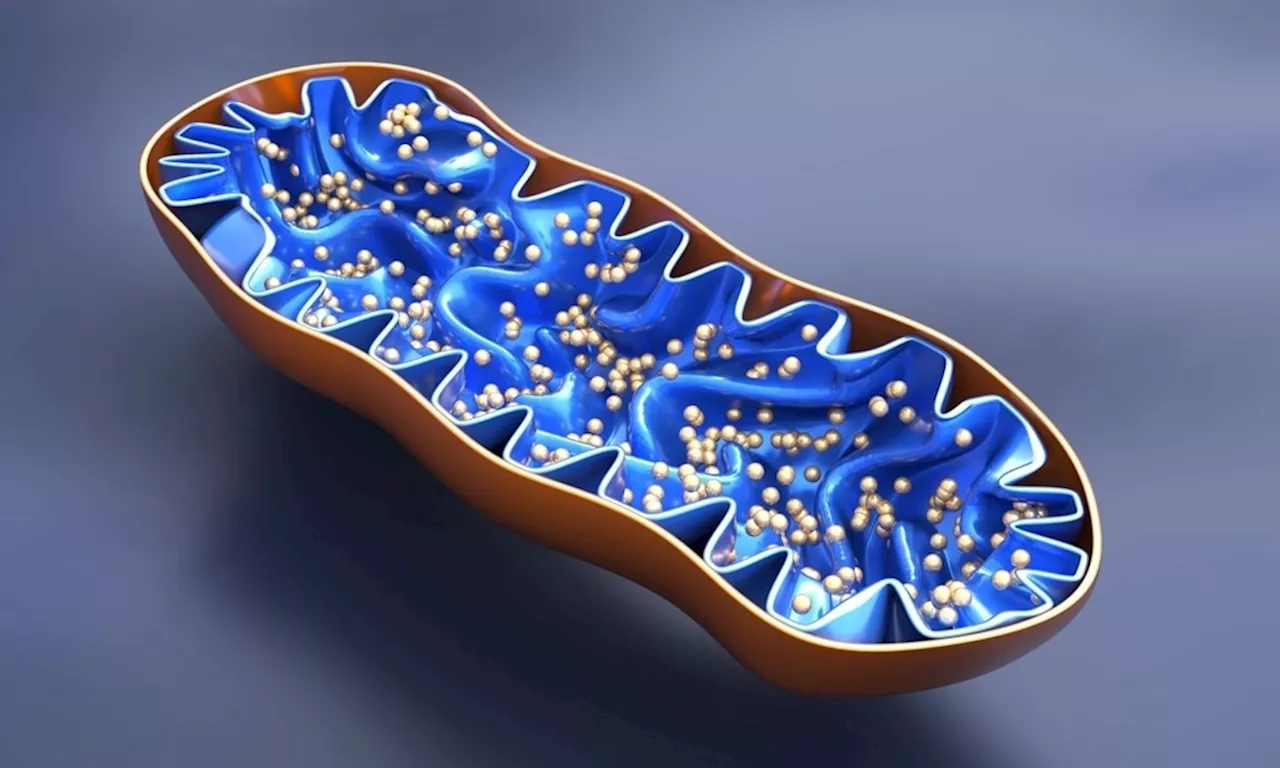 Mitochondria’s division of labor sheds light on how cancer cells survive harsh conditionsResearch shows mitochondria form distinct subpopulations under nutrient stress, revealing survival mechanisms in cancer cells and potential therapeutic targets.
Mitochondria’s division of labor sheds light on how cancer cells survive harsh conditionsResearch shows mitochondria form distinct subpopulations under nutrient stress, revealing survival mechanisms in cancer cells and potential therapeutic targets.
Read more »
